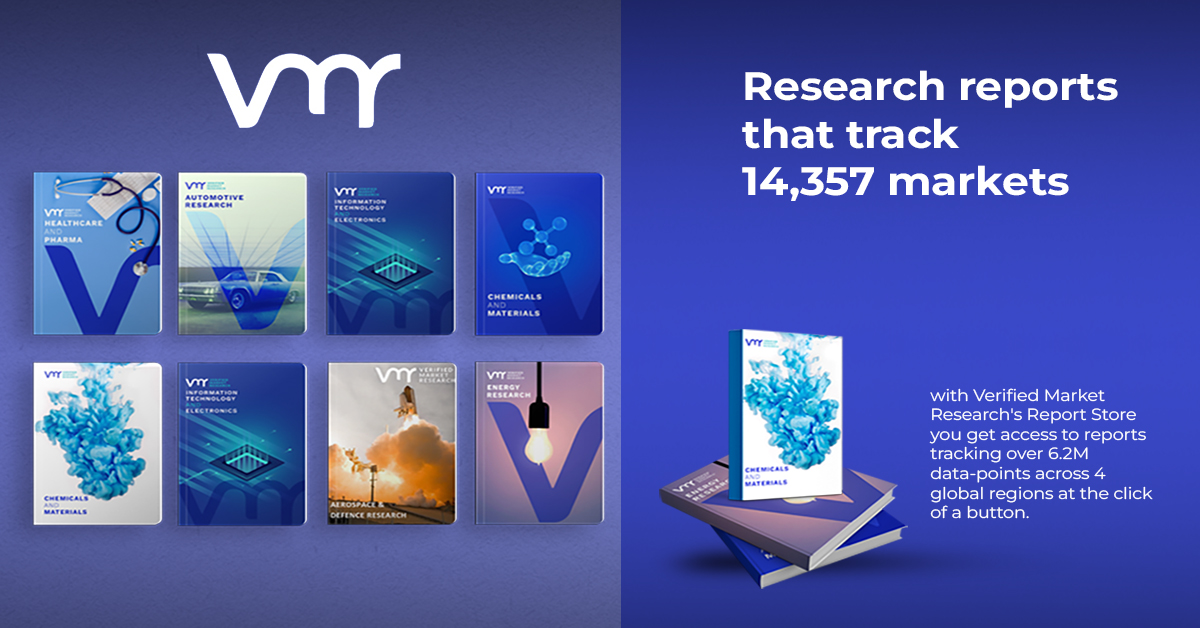The Titanium-Based Master Alloy Market: Key Developments and Future Trends
The titanium-based master alloy market has been witnessing significant transformations in recent years, driven by advances in technology, increasing demand across various industries, and a growing emphasis on sustainable materials. This article explores the latest developments in the market, key trends shaping its future, and insights into the challenges and opportunities ahead.
Understanding Titanium-Based Master Alloys
Titanium-based master alloys are critical in the production of titanium products and components. They serve as a means to introduce alloying elements into the titanium matrix, enhancing properties such as strength, corrosion resistance, and workability. Master alloys typically contain a high percentage of titanium and specific alloying elements like aluminum, vanadium, and molybdenum.
Why Are Master Alloys Important?
- Enhanced Material Properties: Master alloys improve the mechanical properties of titanium, making it suitable for high-performance applications in aerospace, automotive, and medical fields.
- Cost Efficiency: By using master alloys, manufacturers can reduce the amount of expensive titanium needed while maintaining desirable properties.
- Tailored Solutions: Different alloying elements can be mixed to achieve specific characteristics, allowing for customization based on application requirements.
Current Market Landscape
Growth Trends
Recent data indicates that the titanium-based master alloy market is expected to grow at a compound annual growth rate (CAGR) of approximately 7% from 2023 to 2030. This growth is fueled by:
- Aerospace Sector Expansion: The aerospace industry is a major consumer of titanium due to its lightweight and high-strength properties. As air travel rebounds post-pandemic, demand for titanium products is surging.
- Automotive Innovations: The shift towards lightweight materials to improve fuel efficiency in vehicles is driving the adoption of titanium alloys.
- Medical Applications: Titanium is biocompatible, making it a preferred material in medical implants and devices. The growing healthcare sector continues to drive demand.
Geographical Insights
- North America: The U.S. remains a dominant player due to its established aerospace and defense sectors. Significant investments in R&D are expected to spur innovation.
- Europe: Countries like Germany and the UK are witnessing a rise in the use of titanium in automotive and industrial applications, driven by stringent regulations on emissions.
- Asia-Pacific: This region is rapidly emerging, with countries like China and India investing heavily in aerospace and automotive industries. The growing middle class is also boosting healthcare demand.
Key Developments and Innovations
Advances in Production Techniques
- Additive Manufacturing: The advent of 3D printing technologies is revolutionizing the production of titanium parts. Master alloys play a crucial role in optimizing the properties of additively manufactured titanium components, enabling more complex geometries and reduced waste.
- Smelting Innovations: New smelting processes, such as vacuum arc remelting (VAR) and electron beam melting (EBM), are enhancing the purity and mechanical properties of titanium-based master alloys, allowing for better performance in critical applications.
Sustainability Initiatives
Sustainability has become a significant focus within the titanium industry. Key developments include:
- Recycling Efforts: Companies are increasingly exploring methods to recycle titanium scrap and waste, thereby reducing raw material consumption and environmental impact.
- Green Manufacturing: The implementation of renewable energy sources in production processes is being prioritized, leading to lower carbon footprints.
Collaboration and Partnerships
Strategic partnerships between manufacturers, research institutions, and universities are on the rise. These collaborations aim to innovate new alloy formulations and improve processing techniques, ultimately enhancing the market’s overall efficiency and product offerings.
Challenges Facing the Market
Despite the positive outlook, the titanium-based master alloy market faces several challenges:
- High Production Costs: The extraction and processing of titanium remain expensive, which can hinder market growth. Companies are continually seeking ways to reduce costs without compromising quality.
- Competition from Alternative Materials: While titanium has distinct advantages, other materials like aluminum and composites are being developed to compete in the aerospace and automotive sectors.
- Supply Chain Disruptions: The COVID-19 pandemic highlighted vulnerabilities in global supply chains. Ensuring a steady supply of raw materials will be crucial for future growth.
Future Outlook
The titanium-based master alloy market is poised for significant growth and transformation in the coming years. Key trends to watch include:
Increased R&D Investment
As industries recognize the advantages of titanium, investment in research and development is expected to increase. Companies will focus on developing new alloys that provide even better performance characteristics.
Expansion into Emerging Markets
Emerging economies are likely to see a rise in demand for titanium products, driven by urbanization and industrial growth. Manufacturers may explore new markets in Africa and Southeast Asia.
Digital Transformation
The incorporation of digital technologies such as AI and IoT in manufacturing processes will enhance efficiency and reduce costs. Data analytics can also provide insights into market trends and consumer preferences, helping companies adapt quickly.
The titanium-based master alloy market is at a pivotal moment, with numerous opportunities for growth driven by technological advancements, sustainability initiatives, and increasing demand across various sectors. While challenges remain, the outlook is promising as the industry adapts to changing market dynamics and consumer needs.
Investors, manufacturers, and researchers who can navigate this landscape will play a critical role in shaping the future of titanium alloys, ultimately contributing to more efficient, sustainable, and high-performance applications across multiple industries.










